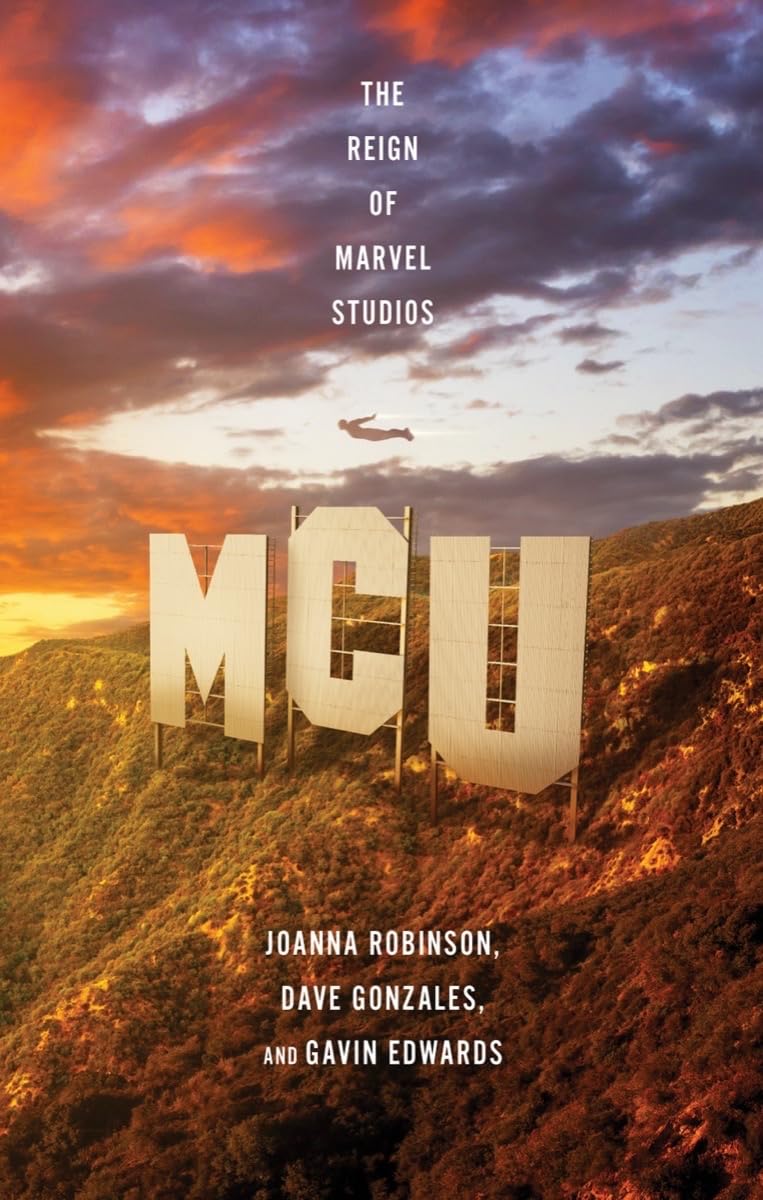Somebody said there’s a secret map on Weezer’s Pinkerton, but I can’t find it. Help!
What’s at the center of your Pinkerton disc? If you say “a hole,” you’re ready for the next step: place your disc in its jewel-box tray and look through that hole, peeping like a voyeur into the obsessions of Rivers Cuomo. You will see something that looks like a little piece of a map. And now if you pry out the entire tray, you will find what looks like a vintage map of Japan, labeled “ISOLA DELLA FARFALLA.”
On the surface, this just reinforces the album’s theme of the opera Madame Butterfly. “I would listen to nothing but opera, given the choice,” Cuomo told me in 1996. “I saw Madame Butterfly in L.A., and my face was caked with snot and tears and my chest was heaving. Pinkerton is named after a character in that opera.” In Puccini’s opera, Pinkerton is the British army cad who goes to Japan, marries the geisha Cio-Cio San, and then abandons her, driving her to suicide. Any resemblance to Cuomo’s own fickle ways is purely intentional.
If you look more closely at the map, however, you will begin to notice a host of anachronistic details, starting with the Weezer “W” logo placed over the legend. Various geographical points have been renamed, some for Butterfly characters, others for people important to Cuomo, including Joe Matt (creator of the confessional comic Peep Show), Camille Paglia (academic gender provocateur) and Mykel and Carli (presidents of the Weezer fan club, also commemorated in the Weezer B-side “Mykel and Carli,” recently reissued on the deluxe edition of the Blue Album). The whole effort is credited to “Republica di Yngwie,” a reference to the polar opposite of Puccini: guitar shredder Yngwie Malmsteen.
(Excerpted from the 2006 book Is Tiny Dancer Really Elton’s Little John?: Music’s Most Enduring Mysteries, Myths, and Rumors Revealed, published by Three Rivers Press, written by Gavin Edwards.)


